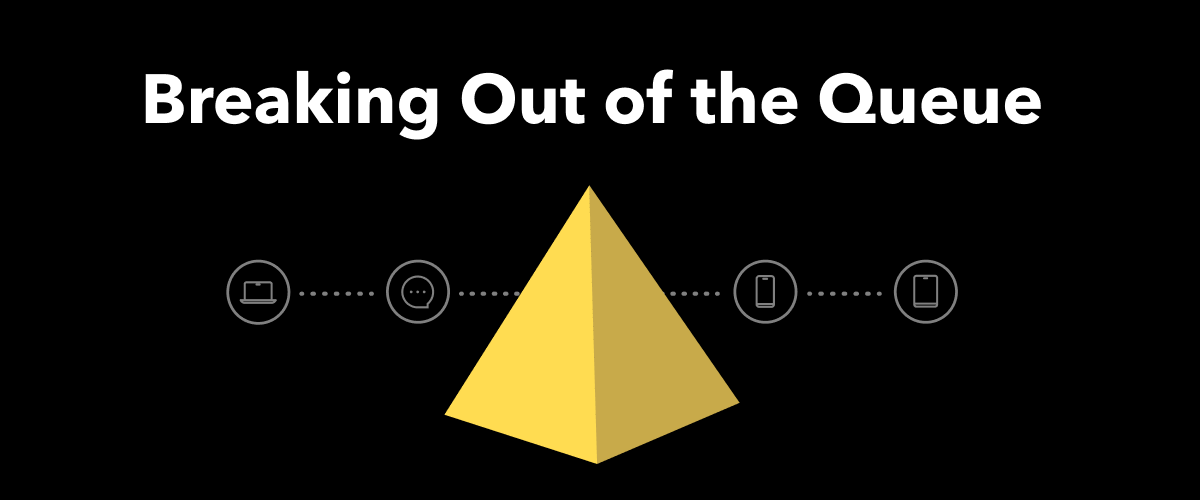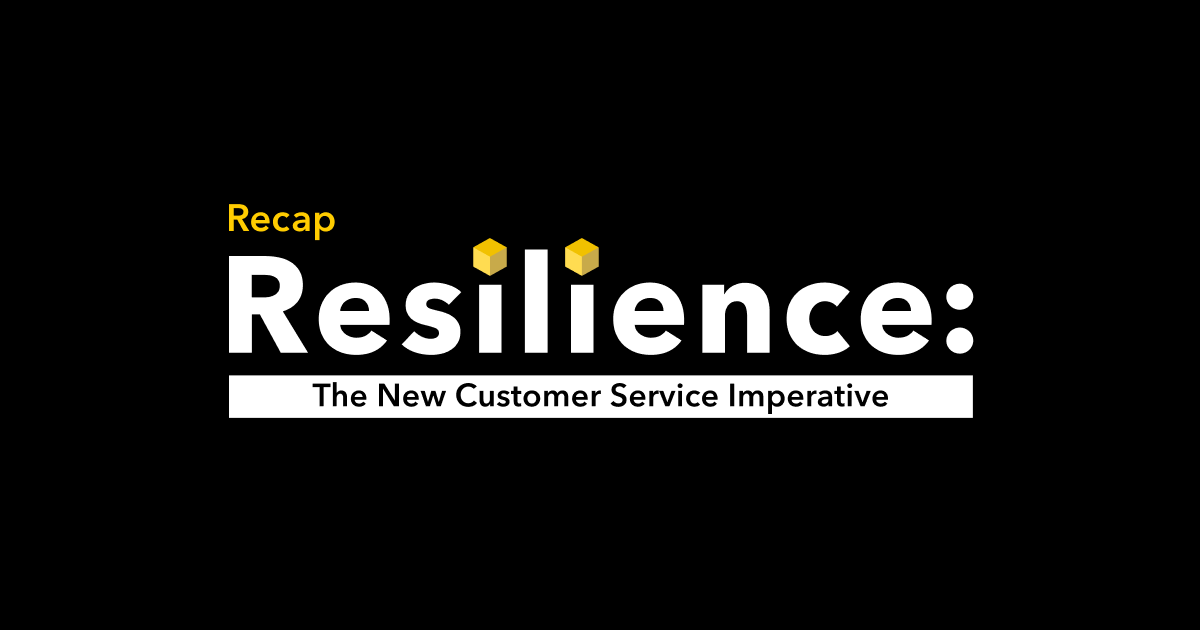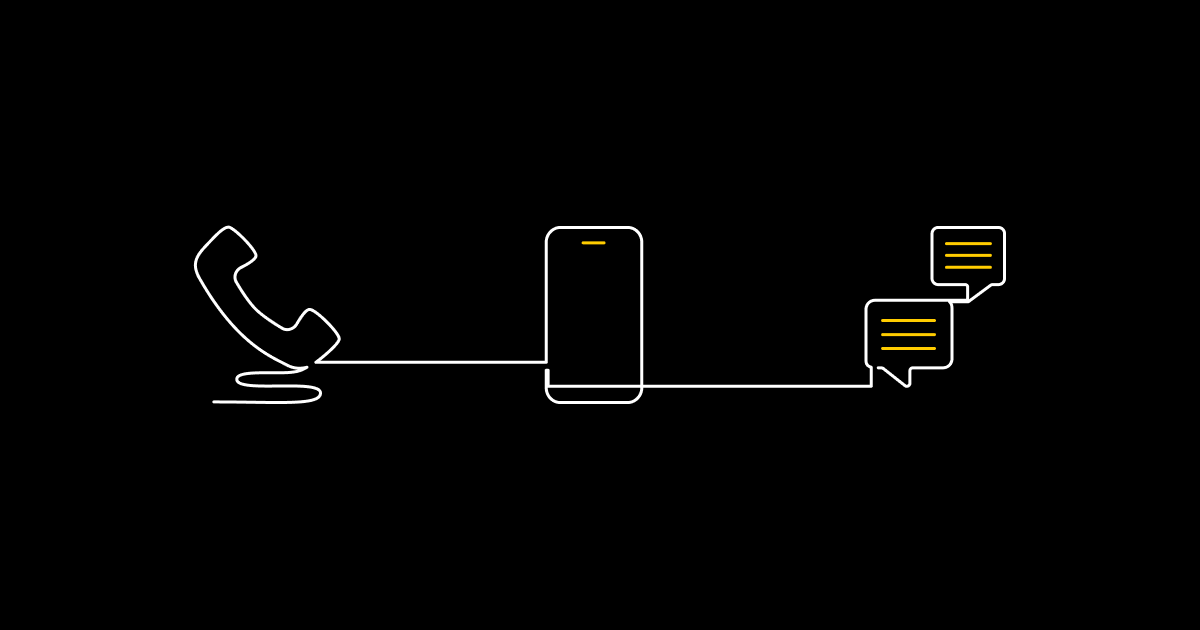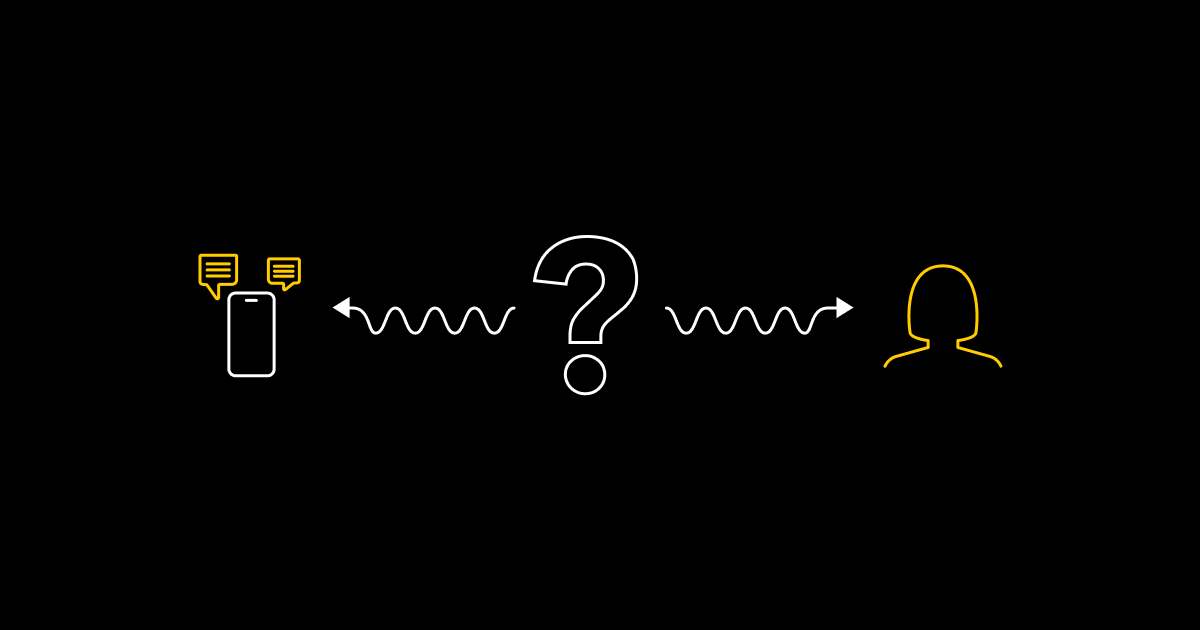Queue may as well be a four-letter word. Nobody likes waiting in line — yet companies routinely put their customers in a queue at the very moment they need help.
So we wait. On phone holds, in live messaging windows, or on our computers and mobile devices. Sometimes we hear wait time estimates or we see how many people are ahead of us in a digital interface. Which can help, to a certain degree. But we put our lives on hold because we don’t have a choice. As more time passes, our blood starts to boil, steam starts to come out of our ears. Obscenities are muttered under our breath.
Insult to injury comes moments later. We finally get a live agent — on the phone or via live messaging. We ask our question, and the live agent, through no fault of their own, needs to research the answer. And we arrive once again, as Dr. Seuss wrote, in “a most useless place… The Waiting Place.”
It doesn’t have to be this way. It’s time for CX leaders to ditch the customer service queue and give customers what they really want: an answer without the hold. How? Asynchronous digital platforms combined with the wisdom of the crowd. In customer terms, let them ask a question and get on with their lives while you go find the answer. And let them know when you have it — but it better be quick.
The end of phone support as we know it
As our colleague Joey Greenwald recently wrote, people don’t really like making phone calls any more. “It’s partly because I get dozens of unwanted robocalls every week, and partly because I’ve wasted a lot of time on hold,” he said. “It’s also because one of the few things that I can control in life is my time – and when I’m on the phone, the person on the other line has effectively hijacked my time.”
Data suggests that Joey isn’t alone. The amount of time we spend on phone calls is dwindling. That’s in part because mobile technology has given us other ways to communicate — and get answers without putting the rest of our lives on pause. In the contact center, experts believe the number of inbound calls will drop — even to zero, as one study suggests — as digital channels become the default for how brands engage with their customers.
Even the legacy “phone companies” recognize the trend away from the phone. At Directly, we’ve been working with a Fortune 100 telecommunications titan to move customers who dial phone support to digital channels. By doing so, customer satisfaction for customers who were served up support via SMS improved by 50% vs. those who stuck with the phone.
However, CX leaders shuttering their phone lines and rigging up digital-led customer support isn’t the whole answer. You’ve probably had some appalling digital support experiences — which probably drove you straight back to the phone.
What’s wrong with digital support channels?
There are two big problems with digital today.
One is the queue problem. Some CX leaders, lured by the promise of digital transformation, launch live messaging platforms that effectively do the one thing we hate most about phone support: make us wait. Companies may think that this kind of digital experience is what consumers want — but these platforms manage people like they are numbers in a queue. You wait until you get an agent. You ask a question and you wait again while the agent tries to find the answer. And, if you try to multitask and get something else done while you wait, you inevitably lose track of the window. And that live session times out. You risk losing that live session every time you look away — and if you do lose it, you start all over again.
The solution to this is pretty simple: move to asynchronous digital platforms that include email, messaging channels, and SMS. These channels allow customers to ask questions when they have them. And then just as soon as there’s an answer, the customer will receive it — without being held hostage in a queue.
The second problem is execution. We see failures of digital execution most often with automation and chatbots.
Many chatbots out there right now simply don’t have the intelligence they need because of a lack of human input and training. These bots all have various forms of logic — some are basic decision-tree bots and many have varying levels of artificial intelligence. But even among those chatbots with AI, many fail — in fact, Gartner estimates that upwards of 85 percent of AI projects do not deliver on their promise.
There are four main reasons that companies fail in these automation attempts:
-Companies automate things that they shouldn’t — whether it’s too many things or things that are too complex.
-They don’t have enough data and/or content for AI-based automation to be successful.
-They don’t plan for training and optimizing AI after launch.
-And, most importantly, there’s no human in the loop.
The answer: Asynchronous digital — with a heavy dose of human expertise
As a customer, the single most important thing you can do is get an answer as quickly as possible. And if it takes a minute, no problem — just don’t hold us hostage in a queue. Like Dr. Suess, we hate The Waiting Place.
At Directly, we help companies provide answers at scale by tapping the expertise that can only exist in the crowd. Our expert network is comprised of people who are already expert users of the products and services they represent. Collectively, an expert network of thousands has a much better chance of knowing an answer — especially to unusual questions — than a team of dozens or even hundreds of agents.
So, let’s talk about the queue again. Because having answers is one thing, but making people wait for them is another.
Our platform works best with asynchronous channels. Whether it’s email, SMS, or another messaging interface, here’s how a question typically gets answered:
-A customer types a question (no waiting!).
-Our AI-powered predictive routing technology instantly determines the best way to answer the question, either:
-If it’s a question that someone else has already asked, our AI may immediately send a previously successful answer written by an expert via automation.
OR…
-The question is instantly broadcast (via email and mobile notifications) to a group of the most qualified and available/online experts.
-Any of our eligible experts who understand the issue can claim the question and message the customer with the answer — or to troubleshoot with any follow-up questions. Response times vary based on complexity, but it’s typically just a matter of moments.
By using an asynchronous digital solution — with a heavy dose of crowd expertise — you do two things for your customers. It gives them the answers they deserve in the fastest possible way. You never ever put them on hold or make them wait.
After all, queue might as well be a four-letter word.
Why Directly Experts?
Directly delivers world-class customer service for leading Fortune 500 brands. Captive and outsourced contact center models increasingly can’t keep up with customer service demands, while self-service is only effective at deflecting simple contacts. Directly helps you troubleshoot a wide range of technical issues using on-demand experts. Customers like Microsoft, Samsung, and Airbnb to reduce contact center volume up to 40%, boost CSAT up to 20% and save millions per year. Contact us to set up a demo today.



